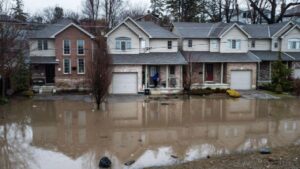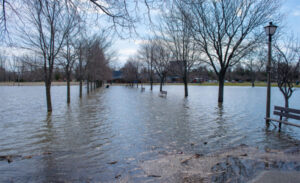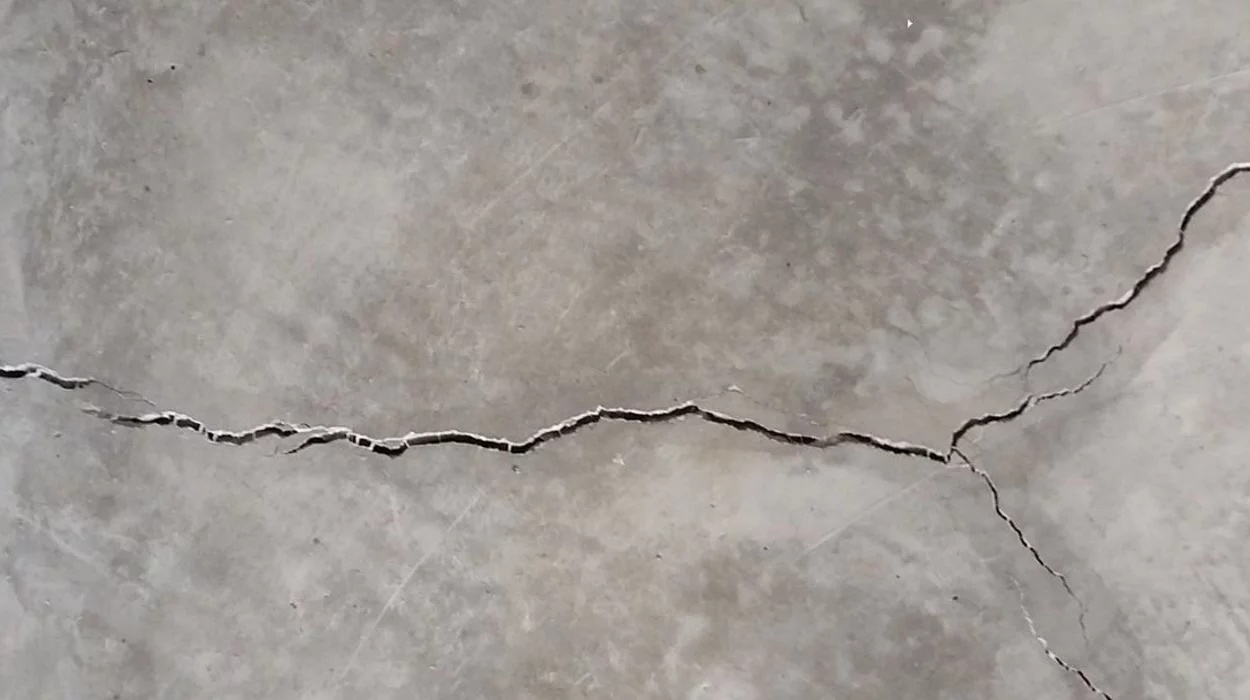 Southern Ontario is no stranger to heavy flooding, and this is largely due to its landscape drainage. The region is home to several natural features, including lakes, rivers, and wetlands, that contribute to its unique hydrological system. However, these same features can also cause significant flooding, especially during periods of heavy rainfall.
Southern Ontario is no stranger to heavy flooding, and this is largely due to its landscape drainage. The region is home to several natural features, including lakes, rivers, and wetlands, that contribute to its unique hydrological system. However, these same features can also cause significant flooding, especially during periods of heavy rainfall.
The landscape of Southern Ontario is characterized by a series of flat plains and low-lying areas, which can create problems with drainage. When it rains heavily, the water has nowhere to go, and it can accumulate in low-lying areas, resulting in flooding. This problem is compounded by the fact that much of the region’s infrastructure was built before modern drainage systems were developed, which can exacerbate the problem.
Another factor that contributes to flooding in Southern Ontario is the region’s expansive network of waterways. These waterways are important for agriculture, transportation, and recreation, but they can also create problems with drainage. When water levels in these waterways rise, they can spill over their banks and inundate nearby communities, resulting in flooding.
Wetlands, which are a common feature in Southern Ontario, also play a role in the region’s hydrological system. Wetlands are important for regulating water flow and filtering pollutants, but they can also contribute to flooding. When wetlands are filled or drained for development purposes, the natural drainage system is disrupted, which can cause flooding downstream.
One solution to the problem of flooding in Southern Ontario is to improve landscape drainage. This can be achieved through a variety of methods, including installing stormwater management systems, constructing retention ponds, and improving the grading of land. These measures can help to prevent water from accumulating in low-lying areas, which can reduce the risk of flooding.
Another solution is to protect and restore wetlands, which can help to regulate water flow and reduce the risk of flooding downstream. Wetlands act like natural sponges, absorbing and storing excess water during periods of heavy rainfall. By protecting and restoring wetlands, we can help to preserve the region’s natural drainage system and reduce the risk of flooding.
 In conclusion, Southern Ontario’s unique landscape drainage plays a significant role in the region’s susceptibility to heavy flooding. However, there are solutions that can help to mitigate the risk of flooding, including improving infrastructure and protecting and restoring wetlands. By taking a proactive approach to landscape drainage, we can help to protect communities and preserve the region’s natural resources.
In conclusion, Southern Ontario’s unique landscape drainage plays a significant role in the region’s susceptibility to heavy flooding. However, there are solutions that can help to mitigate the risk of flooding, including improving infrastructure and protecting and restoring wetlands. By taking a proactive approach to landscape drainage, we can help to protect communities and preserve the region’s natural resources.



